As the owner of renowned Jersey City restaurant Razza and author of the New York Times Bestseller The Joy of Pizza, which he penned together with food writer Katie Parla, Dan has pizza-making down to an art. We sit down with him to talk about his obsession with pizza, the universal joy this food brings, and how everyone – including the little ones – can make an incredible pie at home.
First of all, The Joy of Pizza – what a great title. What, to you, is the joy of pizza?
Pizza is a fundamentally happy food. It’s connected to our childhood: pizza appears at football games and birthday parties. This makes it an emotional food for people, and that emotion is typically a joyous one.
The joy is also in the journey of discovering something new, whether it’s something about the science, the history or the cultural aspects of pizza, or just getting better at a skill, like kneading your dough.
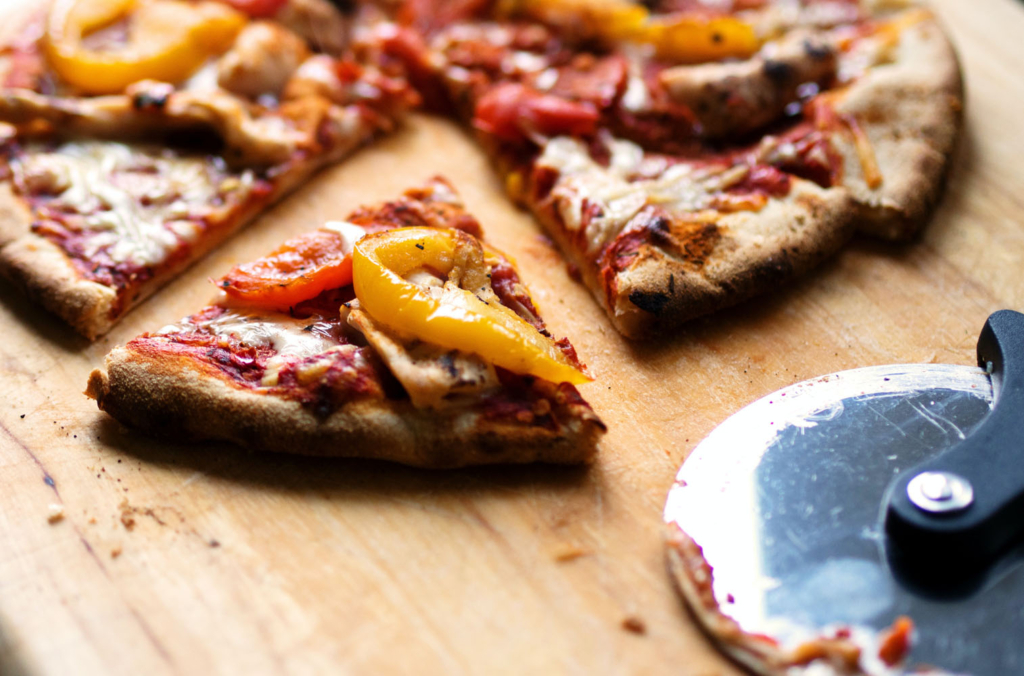
The joy for me is also the connectivity that pizza provides. Pizza is a platform to connect with people: the people sitting across the table who you share your pie with, but also the millers, the cheesemakers, the tomato growers that are the heart and soul of pizza. Pizza is an agricultural product, and it’s ripe for us to connect with the people behind those products.
You run a successful pizza restaurant, Razza. At what point were you ready to write a book?
I feel like I have a very specific view of every aspect of pizza-making. I think about pizza non-stop. When you do one thing for a very long time and really think about every possible detail, down to the cellular and chemical levels of the product, you tend to take on strong opinions. I felt like I had something to add to the conversation on pizza. Especially when it comes to teaching the home cook how to make professional-quality pizza in their home oven.
When it comes to making pizza, you recommend naming your intentions and using rubrics – scoring tools to assess everything from your tomato sauce to your crust.
You can’t start something if you don’t know what you’re trying to accomplish, so it’s important to name what it is you’re trying to do. That’s where the rubrics and evaluation systems came from. I wanted to name for myself and for my team what characteristics of the pizza we were trying to achieve. You can’t build a house with just wood, hammers and nails, you need blueprints. We can’t make pizza without these blueprints.
For the beginning pizza-maker, what would some of those early intentions be?
I would recommend starting with my ‘Everyday Dough’, which contains all ingredients that you can buy at any supermarket: white flour, instant (commercial) yeast, water and salt. It’s very forgiving, and a good way to practice the techniques.
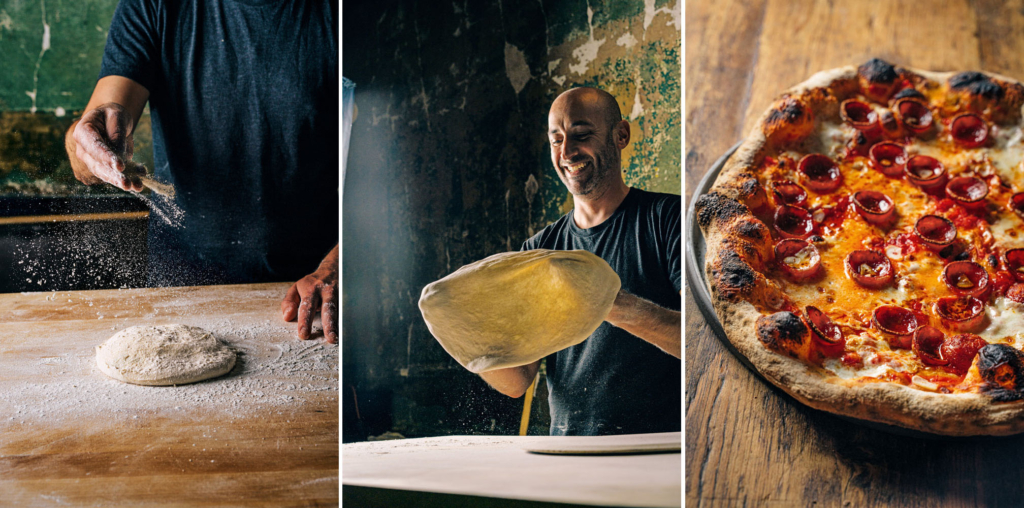
[Photos: Eric Wolfinger]
Starting out with pizza is similar to making cabinetry. I would start by building a box, and not worry about the embellishments or flourishes. Practice each technique – because pizza-making is a series of steps, and you want to master each step before moving on to the next one. The book has QR-codes scattered throughout to give you a visual representation of the technique we are talking about. We can say a lot of words, but if you see me physically kneading the dough, you’ll get a better understanding.
This particular dough recipe is also great because it can sit in your refrigerator for about a week. Every day you can take out one ball, make pizza, or make it into a ciabatta or an English muffin. It’s just a good, well-rounded, simple, flexible, easy dough.
The book has lovely photos of your family helping out in the kitchen. How do you turn pizza-making into a family activity?
I’ve been making pizza with my daughter since she was about two years old. It’s great watching her technique get better. She’s six, and she’s a pro by now. My son is obsessed with making calzones. All kids love play-dough; well, this is real dough. It’s a very tactile experience, they love it. The dough is weird and wonderful, full of gas bubbles and smells good.
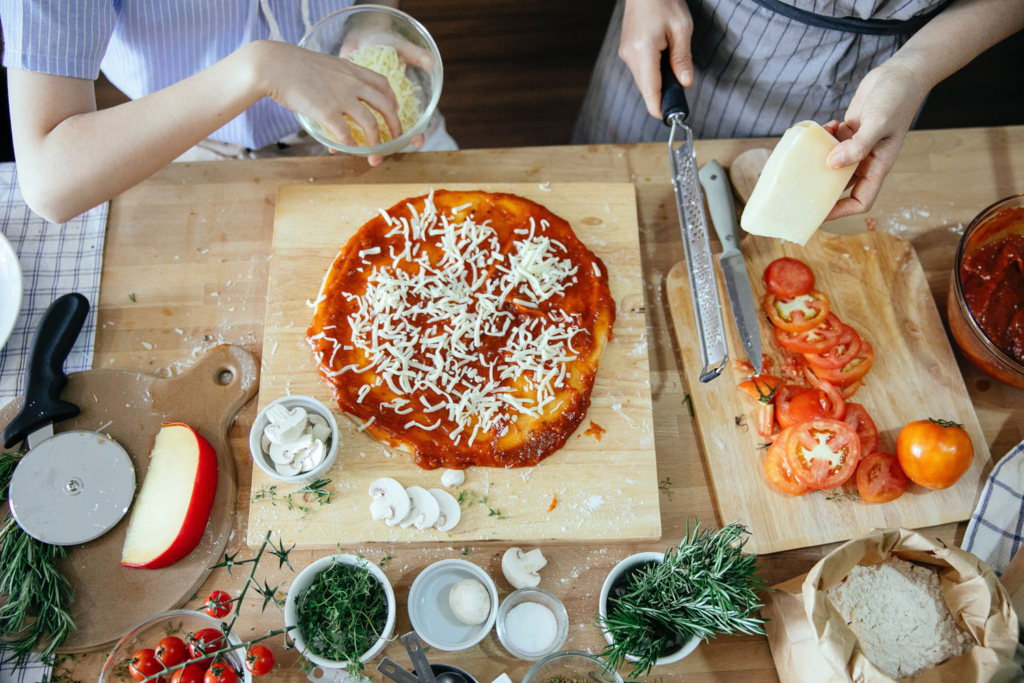
I’ve learned that when I make pizza with my kids, I need to have the dough ready and finished. If I try to engage with them on mixing the dough, once all the ingredients are all mixed together, they just want to bake the pizza. They don’t understand that it needs to ferment first. There’s no immediate gratification with dough-making. If I’m mixing dough at home, I’ll see if they want to help me mix, but we’re not talking about making pizza at that moment. That’s just setting them up for disappointment.
When it’s pizza day, I have the dough already in individual dough balls, and the ingredients all set out. I always make extra dough, because they love playing with it, and if you handle it too much, you’re not going to be able to make a good pizza. In terms of flavour combinations, we usually stick to the basics. We do tomato sauce and cheese, and both of my kids love pepperoni.
The tomato sauce for your pizza contains very few ingredients. Can you tell us about it?
Typically for pizzas, tomato sauce goes onto the pizza uncooked, because it’s such a thin layer, and the pizza bakes at pretty high temperatures for a short time. If we find and use the best tomatoes possible, it would almost take away from the tomatoes to add additional ingredients. I would never add sugar, because tomatoes are fundamentally a fruit and they have natural sweetness. I also tend to not add oregano, garlic, onion or basil. We only use fresh tomatoes when it is tomato season in New Jersey. We use jarred and canned tomatoes for the rest of the year.
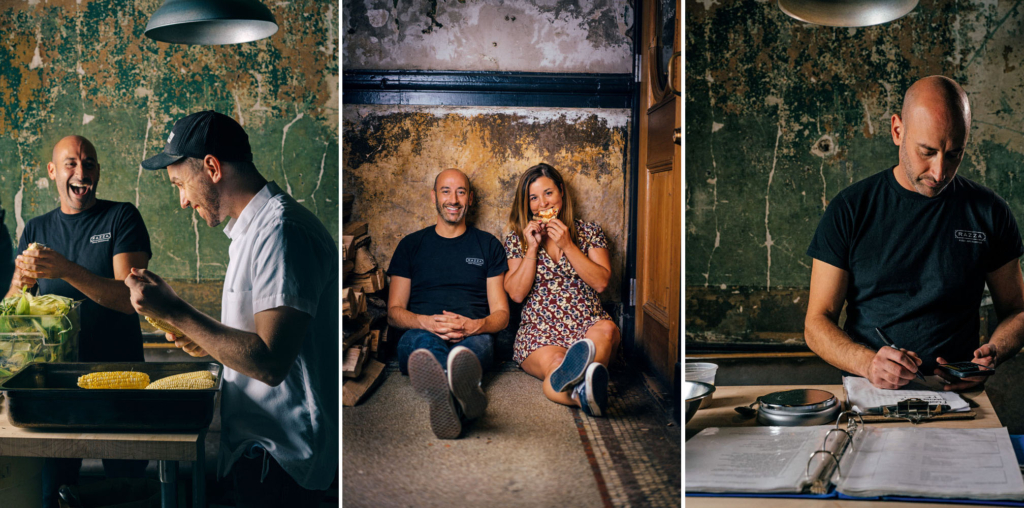
[Photos: Eric Wolfinger]
You argue that you can make a great pizza in your own home oven. What are some tricks and tips?
It is absolutely possible. Remember it is a journey, and the first pizza you make is not going to be the best. But the trick is to use a dough recipe that is specifically formulated for that oven, which is the big difference between The Joy of Pizza and most other pizza cookbooks. They usually say: turn your oven on as high as you can get it, and maybe you’ll have good results. We reimagined that dough, specifically gearing it towards the home oven. You still want to turn your oven to the hottest setting possible, and you really need a pizza stone or a pizza steel, because you will need to harness the heat of your oven. I will never make pizza without it.
The other tool that is absolutely needed is a kitchen scale to weigh all the ingredients, for consistency. But yes, the home oven is absolutely sufficient for making professional-quality pizza, as good as any pizzeria in your town.
Check out The Joy of Pizza: Everything You Need to Know by Dan Richer with Katie Parla, with photography by Eric Wolfinger and illustrations by Katie Shelley. Published by Voracious.

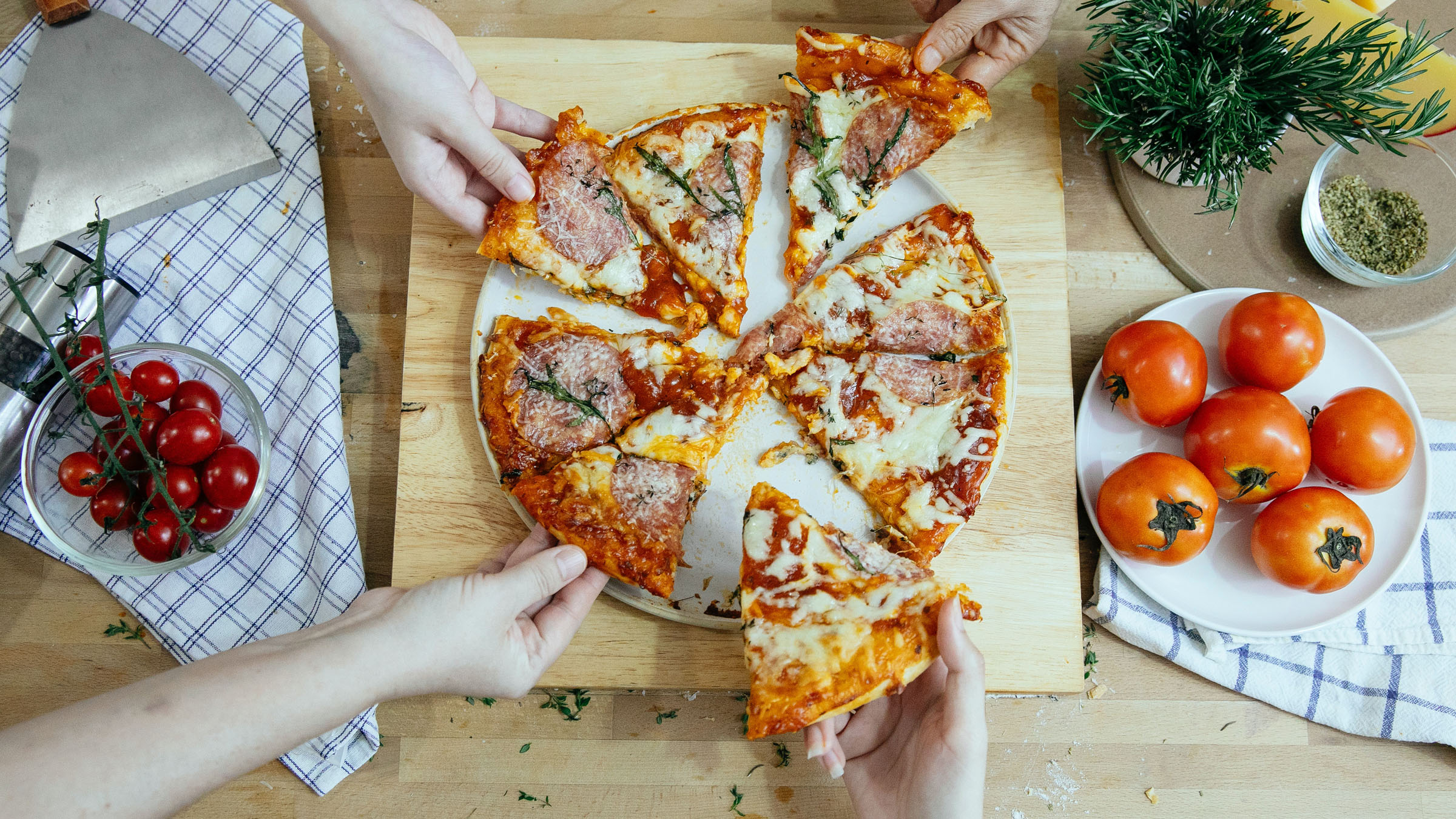

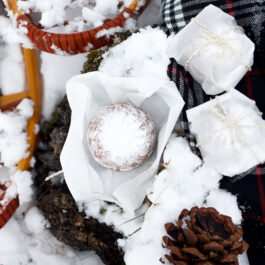
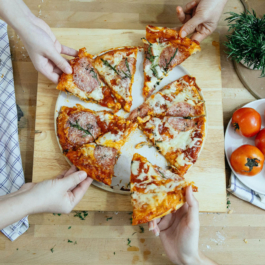

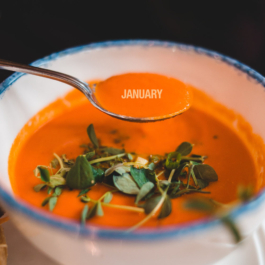
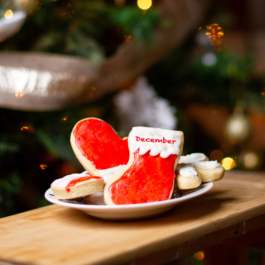

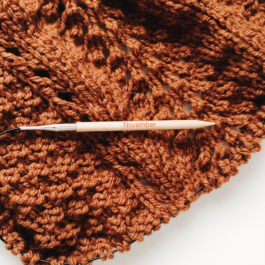

Sorry, the comment form is closed at this time.